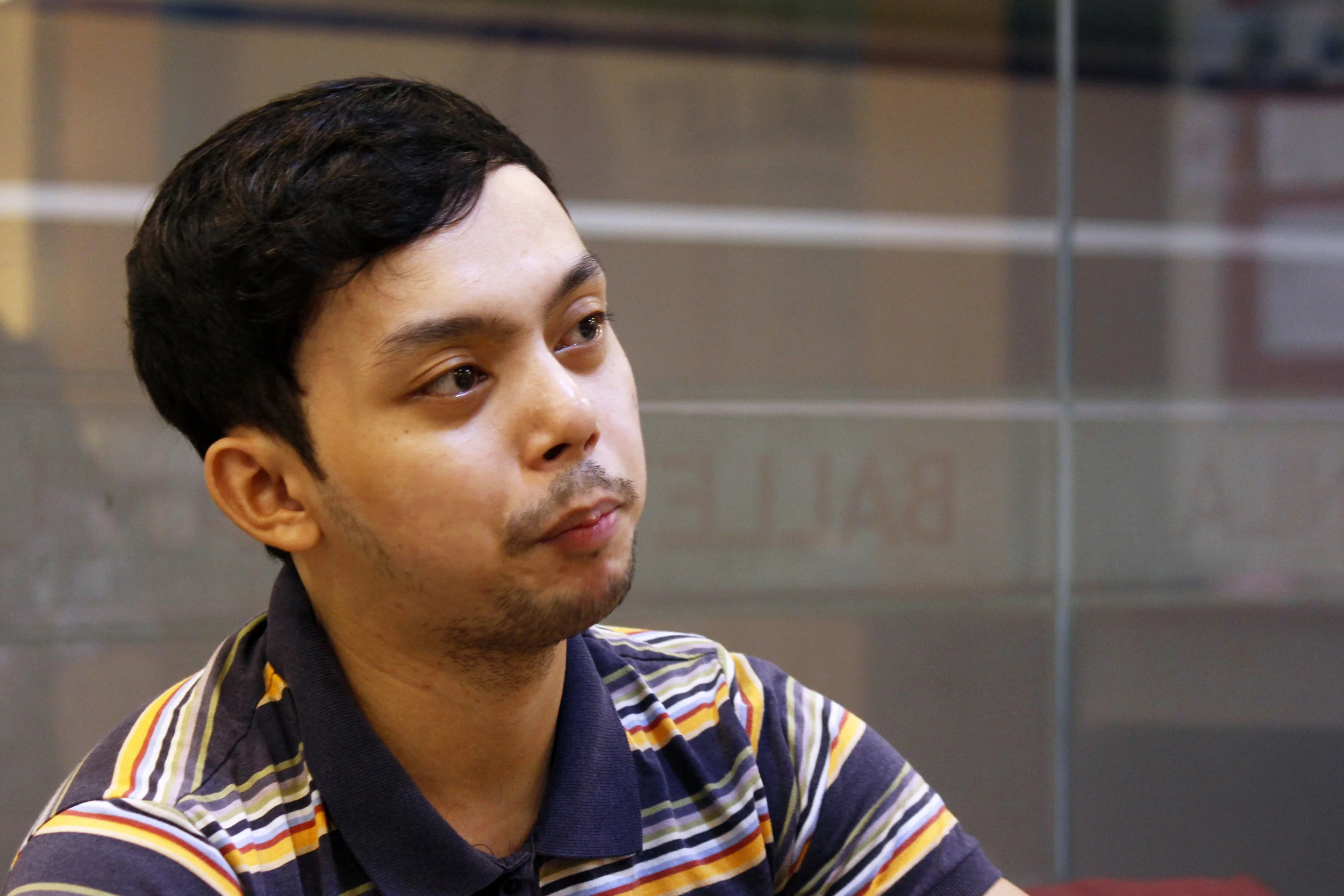Ballet Dictionary: Pas de Deux
Photo by Mark Sumaylo • Text by Abigail Oliveiro
What: Pas de Deux
The phrase “pas de deux” in classical ballet translates to “step of two” and it is usually performed by a female and a male dancer. The order of a pas de deux usually is an Adagio (main pas de deux), Variations (solos) of the male dancer, followed by the female dancer and then a Coda (finale) which highlights the dancers individually and together.
During a pas de deux, the female dancer is usually supported by the male dancer in many turns, lifts and poses. It is important to note that the dancing in a pas de deux is a 50/50 effort between both dancers. It requires strength and technique from both dancers to coordinate the partnered work. For example, in a lift, the male dancer requires the strength to lift the ballerina and she in turn, requires the strength to hold her alignment and help the danseur.
Each dancer is different and unique. It takes a lot of practice for both ballerina and danseur to understand each other’s movements and be in sync with each other to create a smooth pas de deux. In addition to that, an outstanding pas de deux usually also involves a good rapport and connection between the dancers as well.
Almost all ballets have a grand pas de deux. This is where the pas de deux consists of the main characters of the ballet. The order of a grand pas de deux usually follows (but is not limited to) an Entrada (introduction), Adagio (main pas de deux), Male Variation, Female Variation and a Coda (finale) – sometimes, even two Codas!
Ballet: Nikiya and Solor in La Bayadere
Dancers: Joan Emery Sia and Elpidio Magat, Principal Dancers
Location: Ballet Manila Studio 1






